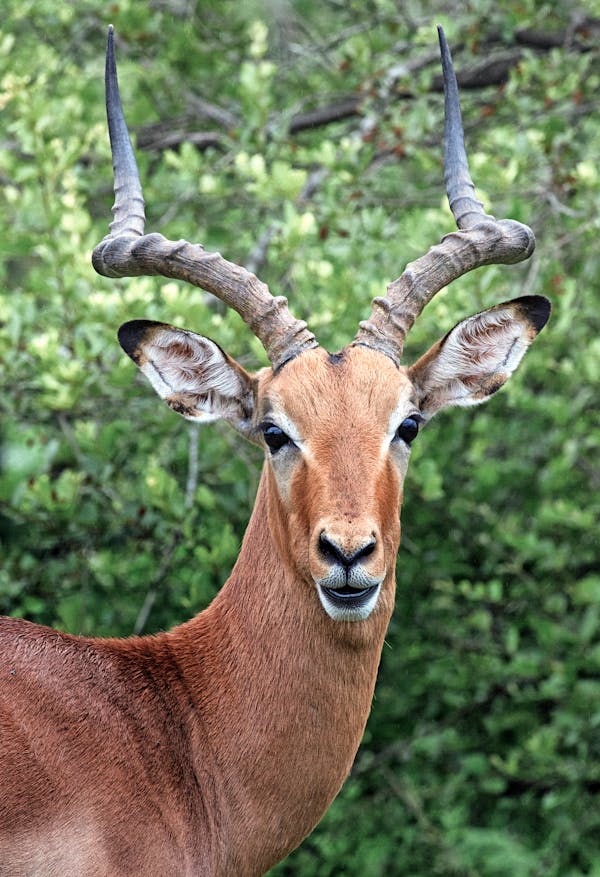Tanzania is one of Africa’s most iconic safari destinations, home to some of the world’s most famous wildlife parks including the Serengeti, Ngorongoro Crater, and Tarangire National Park. But if you’re planning a safari, knowing the best time to visit Tanzania for safari can make the difference between a good trip and an unforgettable one.
Tanzania offers year-round wildlife viewing, but specific seasons bring unique experiences—from the dramatic Great Migration to tranquil birdwatching and calving seasons. Let’s explore the optimal times to visit and what to expect each month.
Tanzania’s Safari Seasons Explained
Tanzania has two primary seasons:
- Dry Season (June to October)
- Wet Season (November to May)
Each season offers distinct advantages depending on your preferences and travel goals.
Dry Season (June to October): Peak Safari Time
The dry season is widely considered the best time to visit Tanzania for safari. During this period:
- Vegetation is sparse, making wildlife easier to spot.
- Animals gather around waterholes and rivers.
- Rainfall is minimal, making for easier game drives and better road conditions.
- Skies are clear and temperatures are comfortable.
Highlights:
- Serengeti Great Migration (June–July): The wildebeest migration moves from the southern plains to the western corridor.
- River Crossings (July–September): In northern Serengeti, wildebeests cross the Mara River—a breathtaking, high-drama spectacle.
- Tarangire Elephant Migration (July–October): Huge herds of elephants migrate to the Tarangire River.
If you’re aiming for classic Big Five viewing and dramatic wildlife scenes, this is the ideal time to go.
Wet Season (November to May): Lush Landscapes & Fewer Tourists
While many consider the wet season a less desirable time, it actually offers some of the best safari experiences—especially for photographers and bird enthusiasts.
Subdivided Into:
- Short Rains (November to December): Light rains with short showers, mostly in the afternoons.
- Long Rains (March to May): Heavier rains that can make some roads inaccessible.
Highlights:
- Calving Season (January to March): Southern Serengeti sees thousands of wildebeest births, drawing predators like lions and cheetahs.
- Birdwatching: Migratory birds arrive, making it paradise for bird lovers.
- Lower Prices: Lodges and camps often offer significant discounts.
- Fewer Tourists: Parks are less crowded, offering a more intimate experience.
While April and May are wetter and can cause disruptions, they’re also the greenest months, providing stunning landscapes and incredible photo opportunities.
Month-by-Month Breakdown
January–February
- Where to Go: Southern Serengeti and Ngorongoro.
- Why: Calving season for wildebeests, with intense predator action.
- Conditions: Warm and mostly dry, with some afternoon rains.
March
- Transition Month: Wetter days start to appear, but still decent for safari.
- Where to Go: Ngorongoro Crater offers good game viewing year-round.
April–May
- Long Rains: Many camps in remote areas close. Roads may be muddy and difficult.
- Advantage: Lower prices and lush scenery.
June
- Start of Dry Season: Roads improve; wildlife becomes easier to spot.
- Where to Go: Central Serengeti and Tarangire begin to shine.
July–August
- Peak Season: Great Migration in full swing in northern Serengeti.
- Weather: Cool mornings, warm afternoons, and minimal rain.
September
- Where to Go: Serengeti and Mara River crossings.
- Ideal For: Action-packed safari and predator-prey interaction.
October
- Dry Season Ending: Still excellent for wildlife viewing, especially in Tarangire and Ruaha.
- Crowds: Start to reduce, especially towards late October.
November–December
- Short Rains Begin: Showers in the afternoon, but safaris still very enjoyable.
- Best Parks: Ngorongoro, Lake Manyara, and Serengeti.
Special Safari Events
- Great Migration (Year-Round Movement)
- December–March: Southern Serengeti calving.
- April–May: Western corridor.
- June–July: Grumeti River crossing.
- August–October: Mara River crossing (northern Serengeti).
- Bird Migration
- November to April: Over 500 bird species, including European migratory birds.
- Green Season Photography
- March–May is lush and vibrant, perfect for capturing the dramatic African sky and greenery.
Park-by-Park Recommendations
- Serengeti National Park
- Best: June–October for the Great Migration.
- Calving: January–March.
- Ngorongoro Crater
- Excellent year-round.
- Less crowded during green season (March–May).
- Tarangire National Park
- Best: July–October (elephant migration).
- Avoid: March–May due to muddy roads.
- Lake Manyara
- Best: June–October for tree-climbing lions.
- Great for birdwatching year-round.
- Ruaha and Selous
- Best: June–October.
- Closed or inaccessible during peak rainy season.
Tips for Planning Your Safari
- Book in Advance for Peak Season: Lodges in Serengeti fill up quickly from June to October.
- Consider Travel Insurance: Particularly during wet seasons in case of cancellations or delays.
- Pack for Weather: Lightweight layers, waterproof bags, binoculars, and sunscreen.
- Work With a Reputable Operator: Local safari experts can help navigate seasonal changes and suggest the best routes.
Conclusion
The best time to visit Tanzania for safari largely depends on what you want to experience. For action-packed game drives and high wildlife visibility, the dry season from June to October is ideal. If you’re looking for affordability, fewer crowds, and beautiful green landscapes, the wet season offers an entirely different charm. Whether you’re chasing the Great Migration or the birdlife of Lake Manyara, Tanzania promises unforgettable safari adventures year-round.


